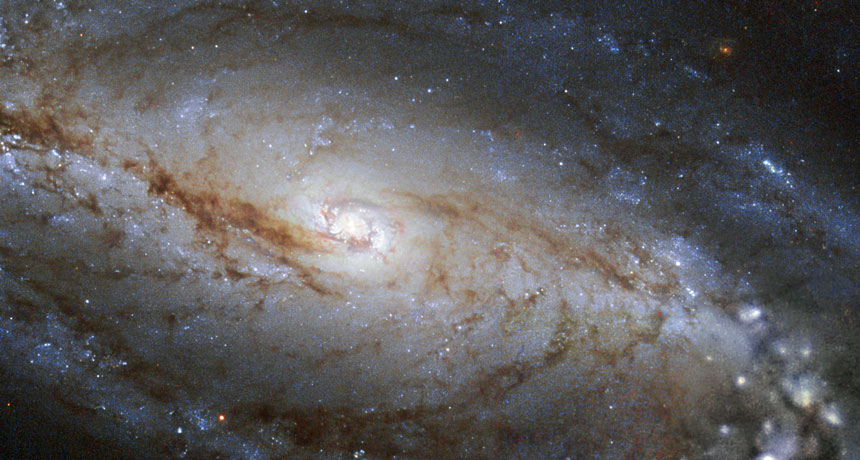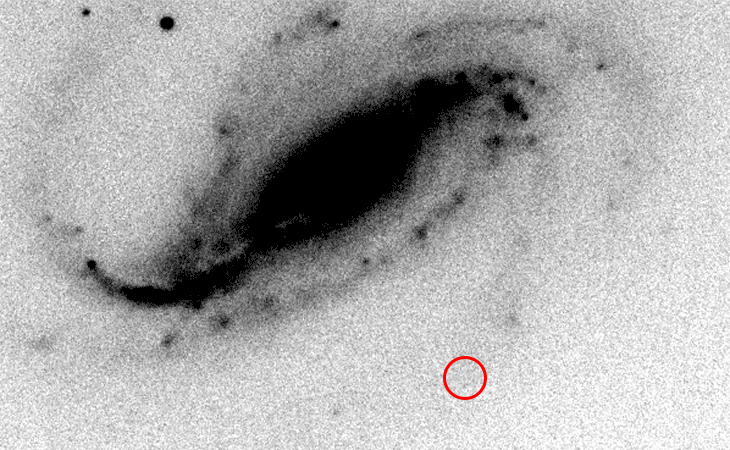An amateur astronomer caught a supernova explosion on camera
The Argentine stargazer captured the star's death in series of nearly 100 images

RIGHT PLACE, RIGHT TIME In September 2016, an amateur astronomer was looking at spiral galaxy NGC 613 (shown), located about 65 million light-years away in the constellation Sculptor, and caught a supernova exploding.
Smartt/Queen’s University Belfast, NASA, Hubble/ESA, Robert Gendler








